Building Bridges in the Face of Hate
This blog post was written by Lindsay Harper, United Way of King County chief philanthropy officer.
In a world marked by deepening divisions, rising intolerance, and growing political violence, we are grateful when people of different backgrounds come together to recognize our common humanity and engage in discussions that sow the seeds of awareness and understanding. That was the case last Thursday night when Temple De Hirsch Sinai in Seattle hosted the Confronting Hate Together exhibit and panel discussion.
The Jewish Historical Society, the Black Heritage Society of Washington State, and the Wing Luke Museum produced the Confronting Hate Together exhibit. It sheds light on how each of those groups endured oppression through Seattle’s redlining and restrictive covenant policies and how each group endures oppression to this day.
The exhibit and panel discussion conveyed a vital and urgent message: Hate is not defeated by silence or passivity—it is dismantled through empathy, action, and relationships built across lines of difference.
As the panelists highlighted, the antidote to hatred and division is connection, compassion, and the courage to engage with those whose lives and experiences are different from our own.
At the heart of this exhibit lies a fundamental truth: hate flourishes in isolation. In today’s increasingly polarized world, where fear and mistrust often replace dialogue, there is a tendency to retreat into our own comfort zones—into communities that think, live, and believe as we do. Yet, as one panelist emphasized, “Hate doesn’t grow where there is connection and understanding. It thrives when we refuse to engage with each other.” The exhibit makes it clear that if we are to confront the forces of hatred, we must actively build bridges, not walls.
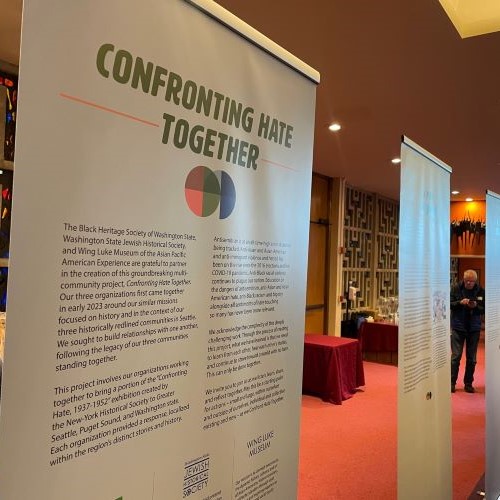
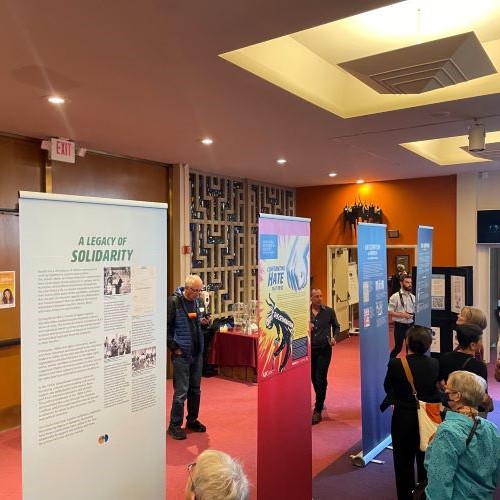
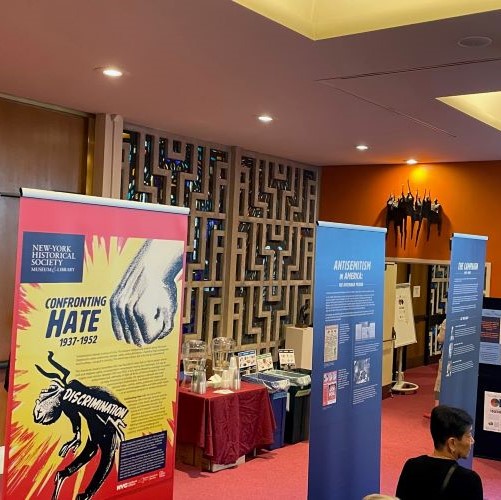
As I viewed the exhibit and listened to the panelists, I was reminded of Harper Lee’s words from the book, “To Kill a Mockingbird”: You never really understand a person until you consider things from his point of view… until you climb into his skin and walk around in it.”
The exhibit also resonates with who we are at United Way of King County: We stand with all oppressed people, and we believe that to solve these big issues our community and our world faces, we must come together.
Empathy is not a passive act; it is an active choice to step into the lives of others, to listen, and to be open to change. The Confronting Hate Together exhibit shows us that when we take the time to truly engage with those whose lives are different from our own, we dismantle the ignorance and fear that fuel hate.
The recent escalation in the Israeli-Palestinian conflict, particularly the war in Gaza and the disturbing rise of antisemitism worldwide highlights the urgent need for this message.
As we watch these conflicts unfold, we are reminded of how easily dehumanization can take root in times of political and social strife. The demonization of an entire people—whether based on religion, nationality, or race—becomes easier when we fail to see the humanity in others. This is precisely why building relationships with those who are different is so essential: It prevents us from turning a blind eye to suffering and hate, whether it’s happening next door or across the globe.
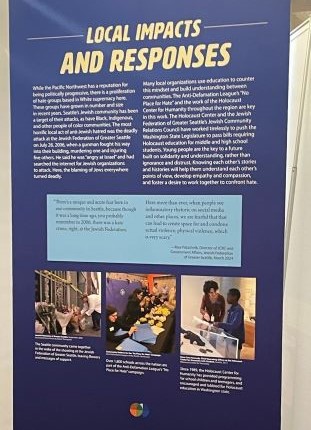
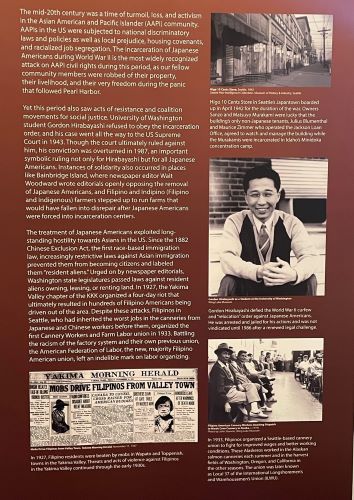
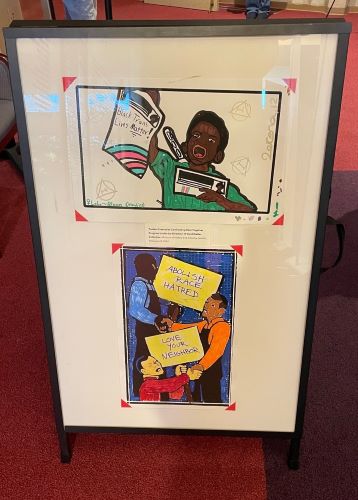
Dr. Martin Luther King Jr. warned that “injustice anywhere is a threat to justice everywhere,” and his words ring true in the context of the exhibit. The rise in hate crimes, acts of discrimination, and open displays of bigotry we see today are not isolated events; they are interconnected. Allowing injustice or hate to flourish in one corner of the world sends ripples across the globe, eroding the very foundations of empathy and justice that hold our societies together.
This is why the work of confronting hate cannot be left to a few—it is the responsibility of all of us. Every act of solidarity, every bridge built across differences, is a direct challenge to the forces of hate and injustice.
Empathy, as the panelists passionately argued, is not just about feeling for others—it is about acting on that feeling. One speaker shared how a simple act of connection with someone from a different community shattered their own biases and opened their eyes to the shared humanity they had previously overlooked. “It wasn’t until I truly listened to someone’s story, shared a meal, and heard about their struggles that I realized how much we had in common,” the panelist said. “That one conversation changed everything for me.”
This is the power of relationship-building: It transforms not only individuals but communities. The Confronting Hate Together exhibit makes clear that building these bridges is not just about understanding others but about confronting our own blind spots and the societal structures that perpetuate division. The panelists urged us to take this work seriously, to move beyond token gestures of inclusion and into the deeper, often uncomfortable work of relationship-building.
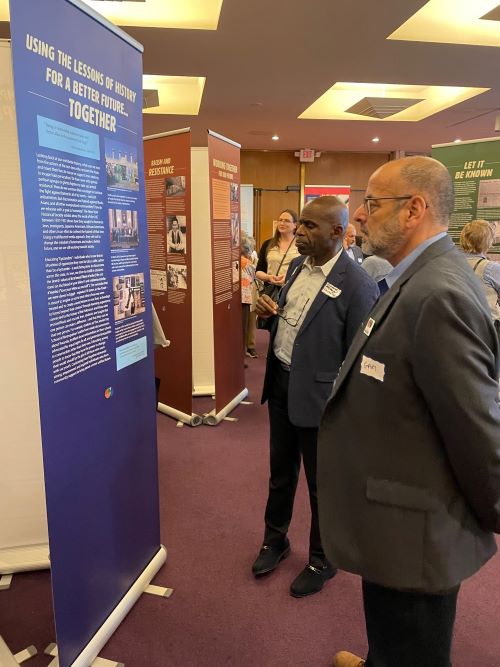
“Empathy,” one speaker noted, “is not just about hearing someone’s story. It’s about letting that story move you to action, to change how you show up for others.”
One critical point raised during the discussion came from its speaker, Dr. Michael Trice, the director of the Center for Ecumenical and Interreligious Engagement at Seattle University. Trice pointed out that “racism and division have been so embedded into our systems that we forget they’re there.”
This is one of the most dangerous aspects of systemic hate: it becomes invisible, normalized, and ingrained into the fabric of society. When we don’t actively work to confront it, we allow it to persist unchallenged. Trice’s words underscore the importance of facing not just the differences between us but the deeply entrenched systems of inequality and division that keep us apart.
The Confronting Hate Together exhibit challenges us to recognize that hate, whether in the form of racism, antisemitism, Islamophobia, or any other form of bigotry, will persist if we do not confront it directly. It asks each of us to examine what we are doing in our own lives to build bridges rather than reinforce barriers. Are we taking the time to engage with people who are different from us? Are we listening with empathy and challenging our own assumptions? Are we actively working to create spaces where all people feel valued, seen, and respected?
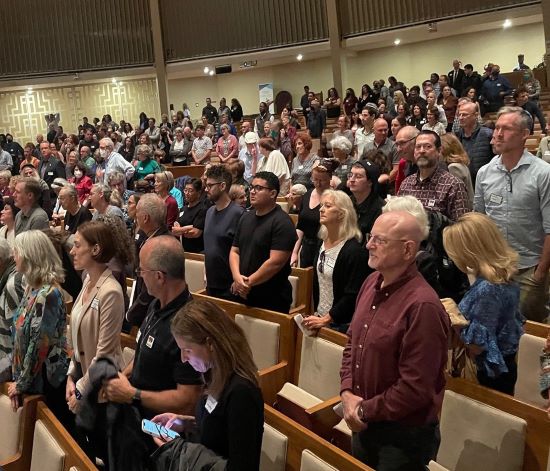
In our increasingly divided world, the work of empathy and relationship-building is not just a moral imperative—it is a survival strategy. The conflicts in Gaza and the rise of antisemitism remind us of the destructive power of hate and fear when left unchecked. But they also remind us that peace and justice are built on connection, not division. By building relationships across lines of difference, we not only confront hate—we prevent it from taking root in the first place.
The Confront Hating Together exhibit, through its stories and discussions, leaves us with a clear call to action. Confronting hate requires more than condemning it; it requires us to create a culture of empathy, one where we are all willing to climb into each other’s skin, as Harper Lee so wisely put it, and see the world from a different perspective. This is how we build bridges in the face of hate. This is how we create a future where justice is not just an ideal but a living reality for all.
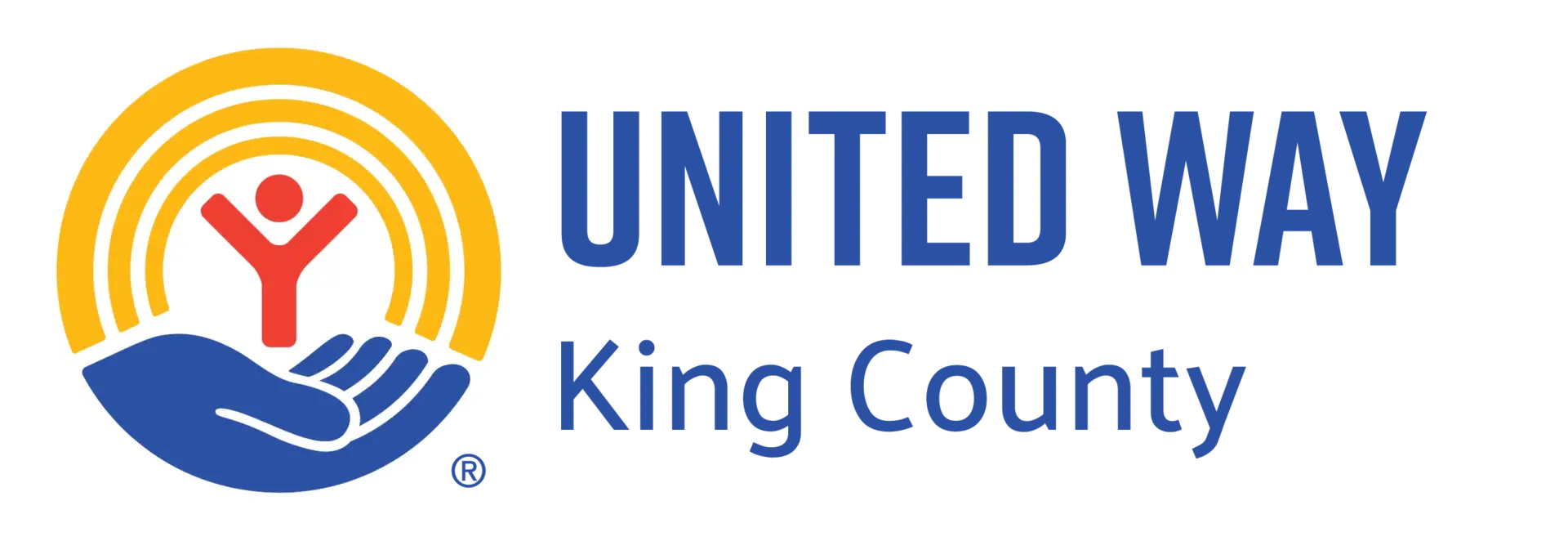
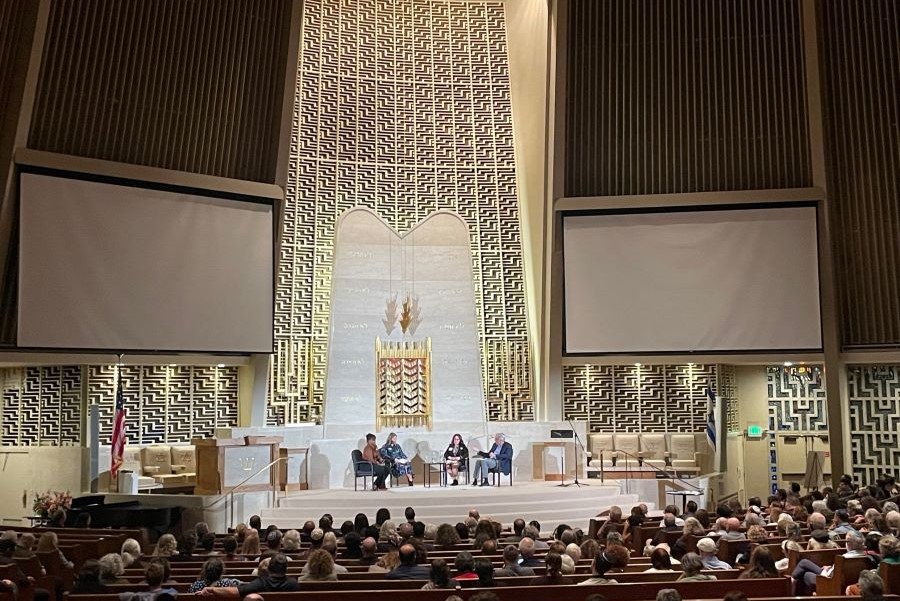
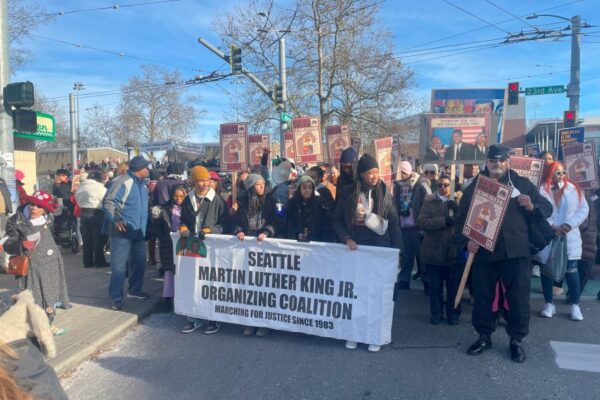
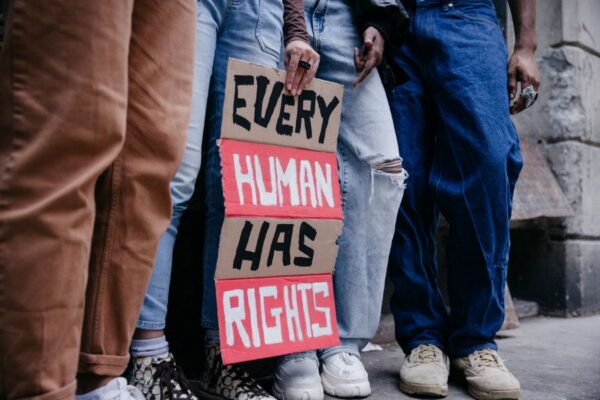
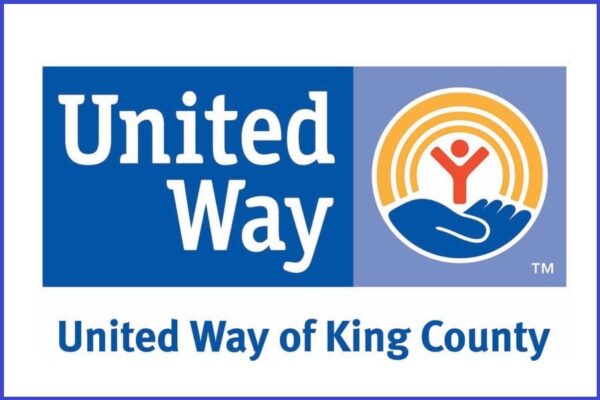
Comments